Understanding and overcoming trichotillomania (hair pulling disorder): advice and potential treatments options

Sommaire
What is trichotillomania?
Trichotillomania, also known as hair-pulling disorder, an Obsessive-Compulsive Disorder (OCD), is characterised by the affected individual persistently pulling out their hair, whether it be from the scalp, pubic area, eyelashes, or eyebrows. This behaviour, though not widely recognised by the general public, can, in extreme cases, lead to permanent hair loss (a condition known as traction alopecia associated with trichotillomania). Typically, it is a semi-conscious activity, often reflecting underlying anxiety or tension.
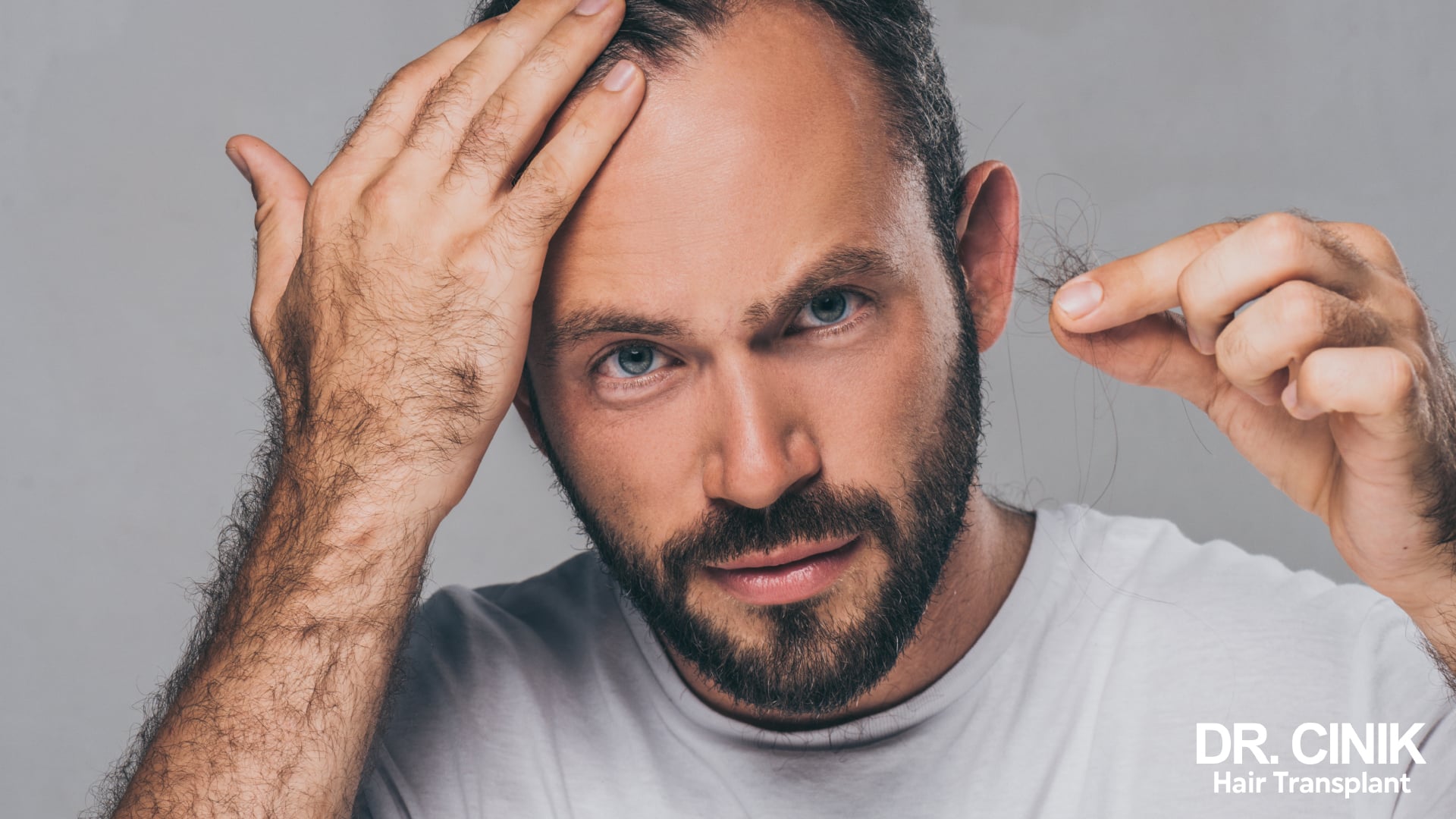
What are the symptoms of trichotillomania?
Compulsive pulling of hair or body hair
The severity of symptoms in trichotillomania can fluctuate significantly from person to person. This psychological disorder predominantly presents as an irresistible compulsion to pull out one’s hair. Despite being aware of their actions, individuals suffering from this condition often cannot curb this behaviour. This loss of control is pervasive, compelling the person to persist with the damaging activity.
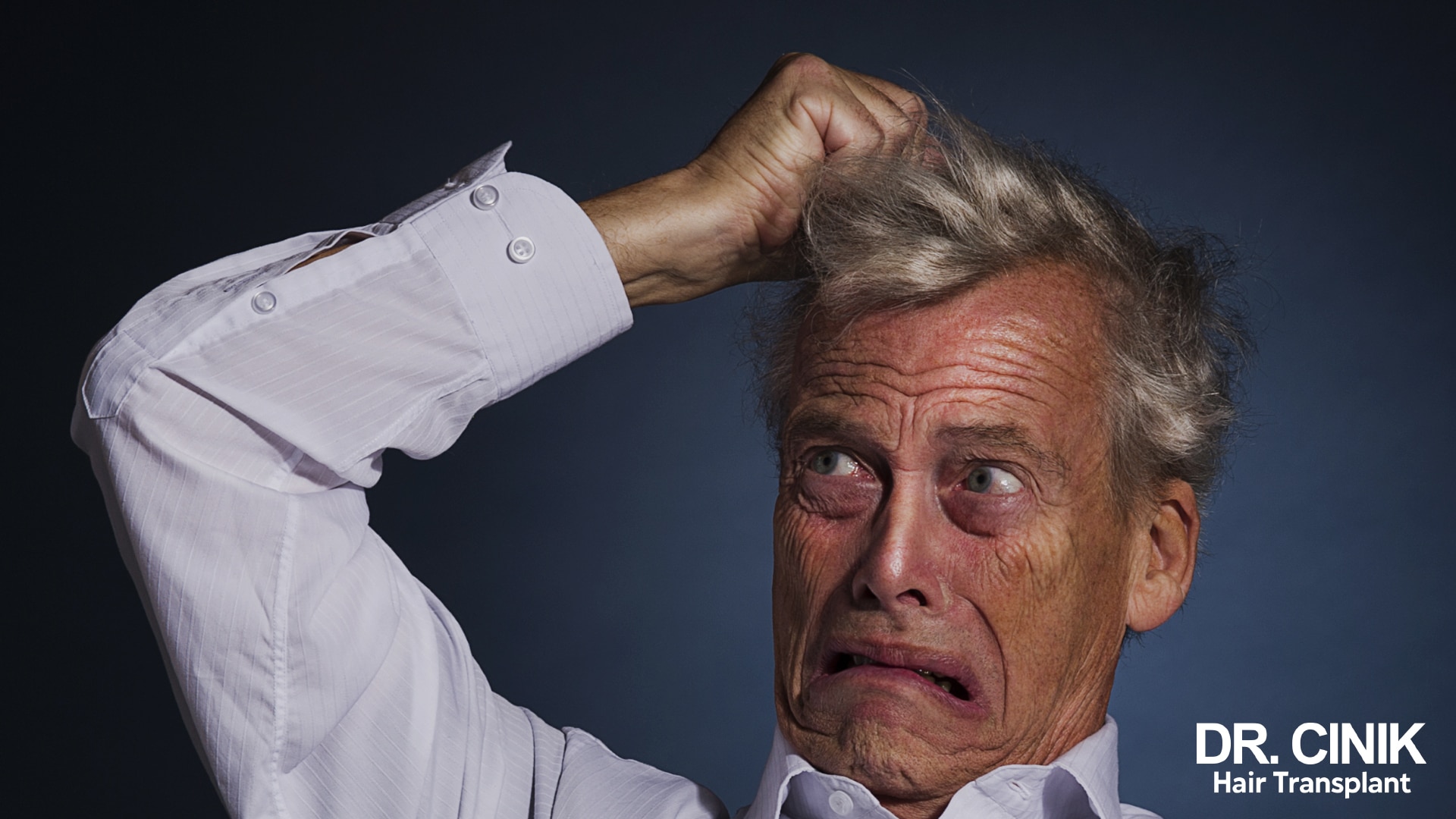
Areas of baldness on the scalp or the eyebrows and eyelashes
In severe instances, chronic hair pulling can result in baldness, visible bald spots, or alopecia. The affected individuals often experience embarrassment or shame related to their physical appearance. They attempt to conceal the impacted areas using various methods such as false eyebrows, hats, caps, scarves, or wigs. They might opt for particular hairstyles to cover the bald spots if the baldness is less noticeable. In some instances, they may even wax their eyebrows or eyelashes – not for aesthetic enhancement but as a means to camouflage the psychological disorder.
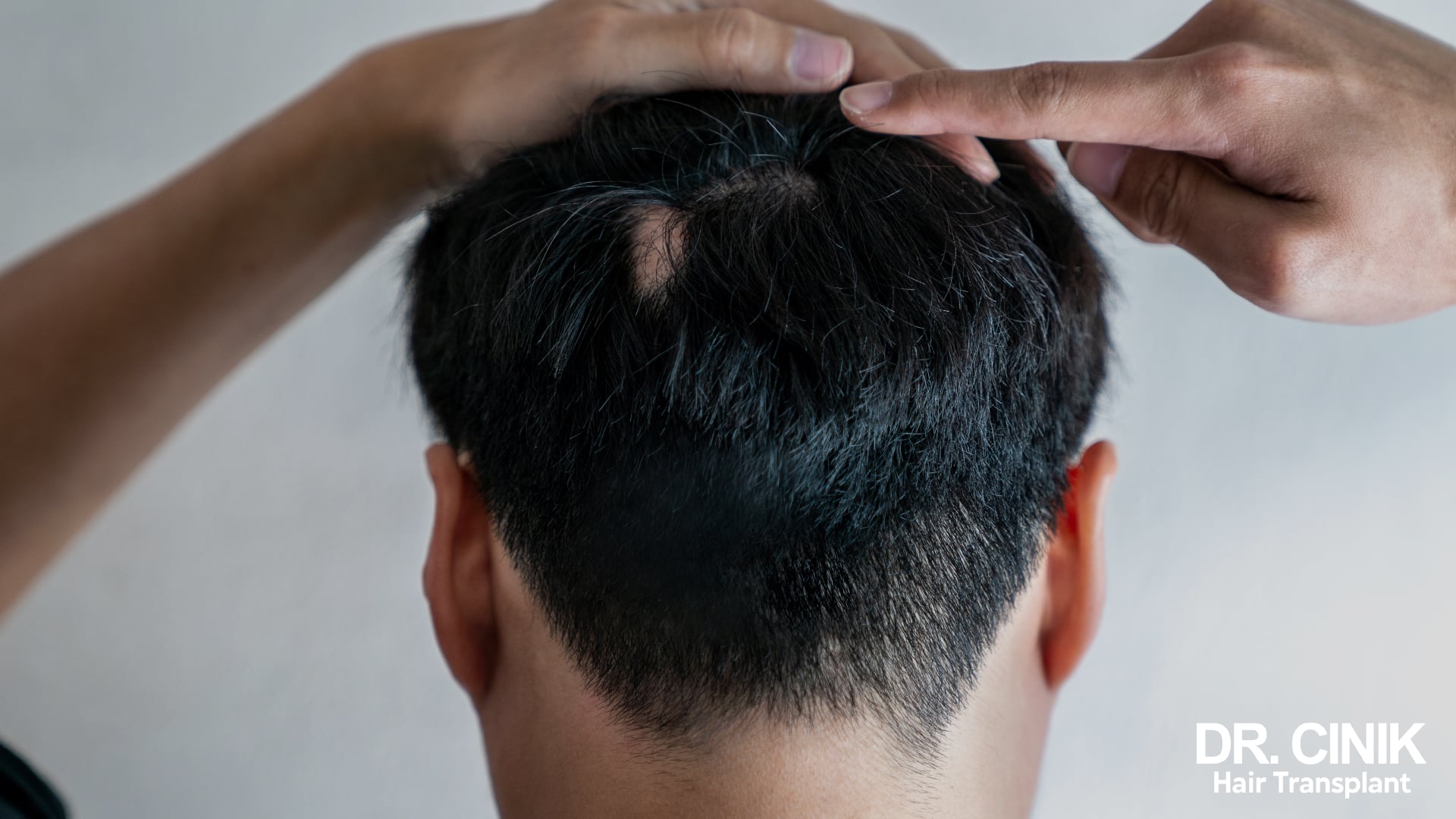
Other symptoms
Sometimes, the patient pulls out specific hairs or a particular type of hair. The plucked hair is a kind of to, and the patient enjoys rolling it between his fingers, biting it or pulling it between his teeth. In some cases, the patient eats their own hair (this is called trichotillophagia), sometimes resulting in a compact ball in the digestive tract or stomach. This disorder may be associated with schizophrenia.
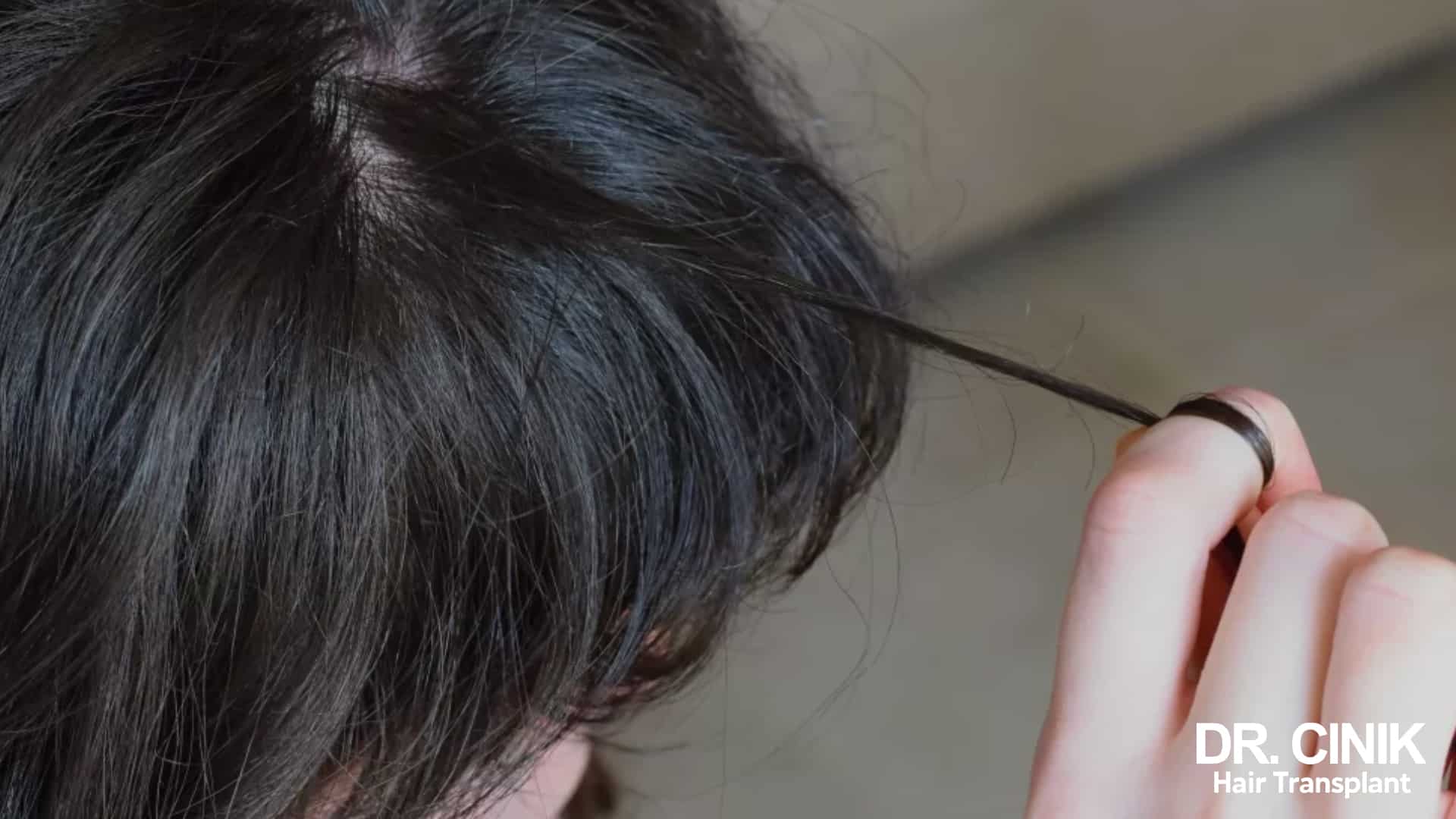
What causes trichotillomania?
Stress, anxiety and trauma
Trichotillomania often emerges in response to significant stress or anxiety. It’s common to see the onset of this compulsive behaviour align with depressive episodes, though not every instance of depression necessarily leads to this disorder. Many specialists theorise a connection between negative emotions and compulsive hair-pulling. Triggers can include a broad range of emotional states, such as anxiety, sadness, anger, boredom, loneliness, or episodes of post-traumatic stress.

Mental disorders (depression, obsessive-compulsive disorder)
A child in an unloving environment will likely experience a deep malaise that may trigger obsessive-compulsive disorder or depression. These factors may lead to trichotillomania, especially if the child has experienced trauma. Patients describe a feeling of well-being when they pull out their hair. This is an unconscious response to traumatic events. Since the subject experiences a sense of pleasure while doing it, it is more challenging to correct this psychological disorder.
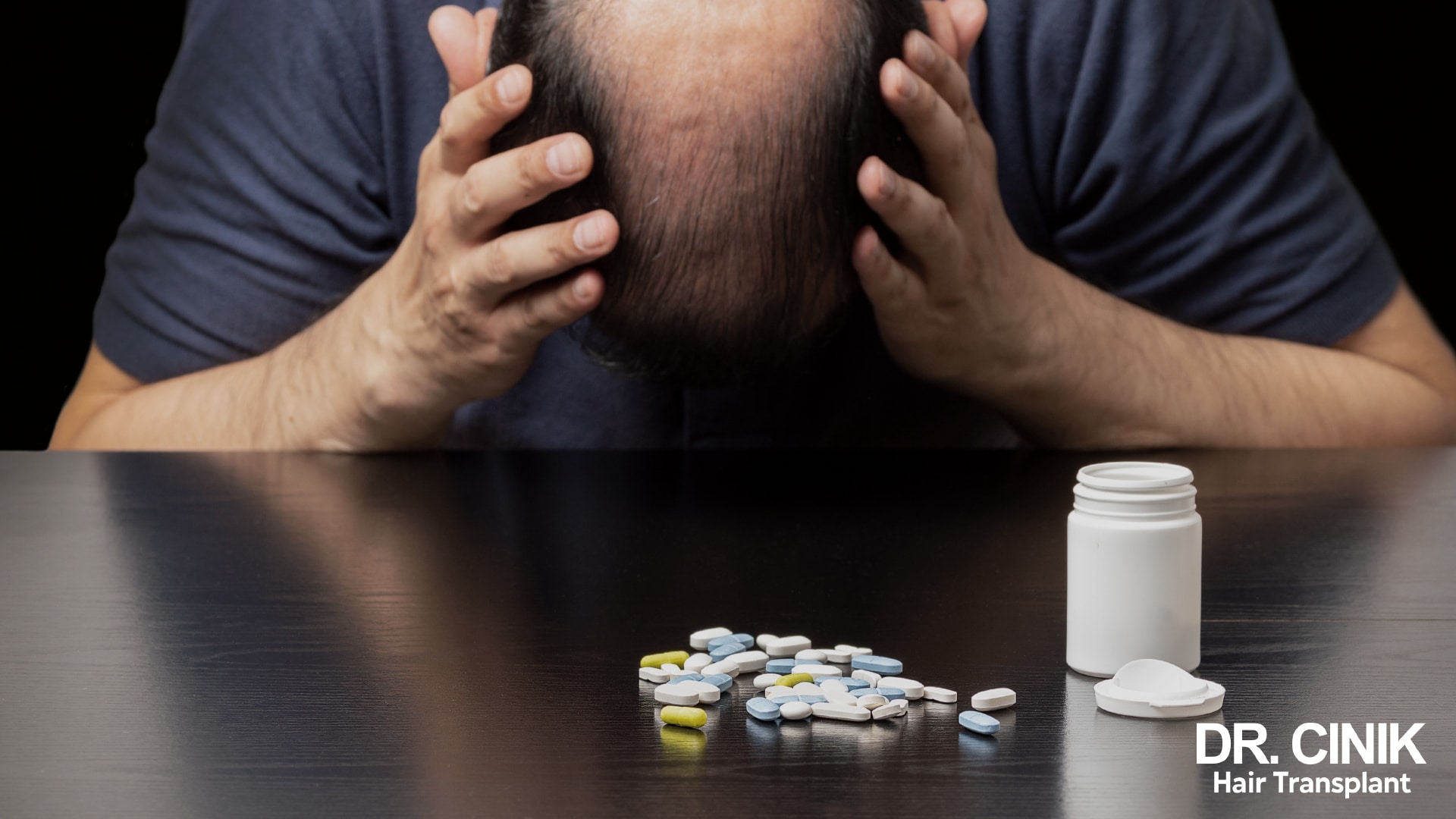
Genetic and biological factors
Trichotillomania is believed to be strongly influenced by genetics, meaning someone with a family member with the disorder is more likely to develop it themselves. It’s also important to consider biological factors, like abnormalities in certain chemicals in the brain, such as dopamine and serotonin, which can directly contribute to the onset of the disorder.
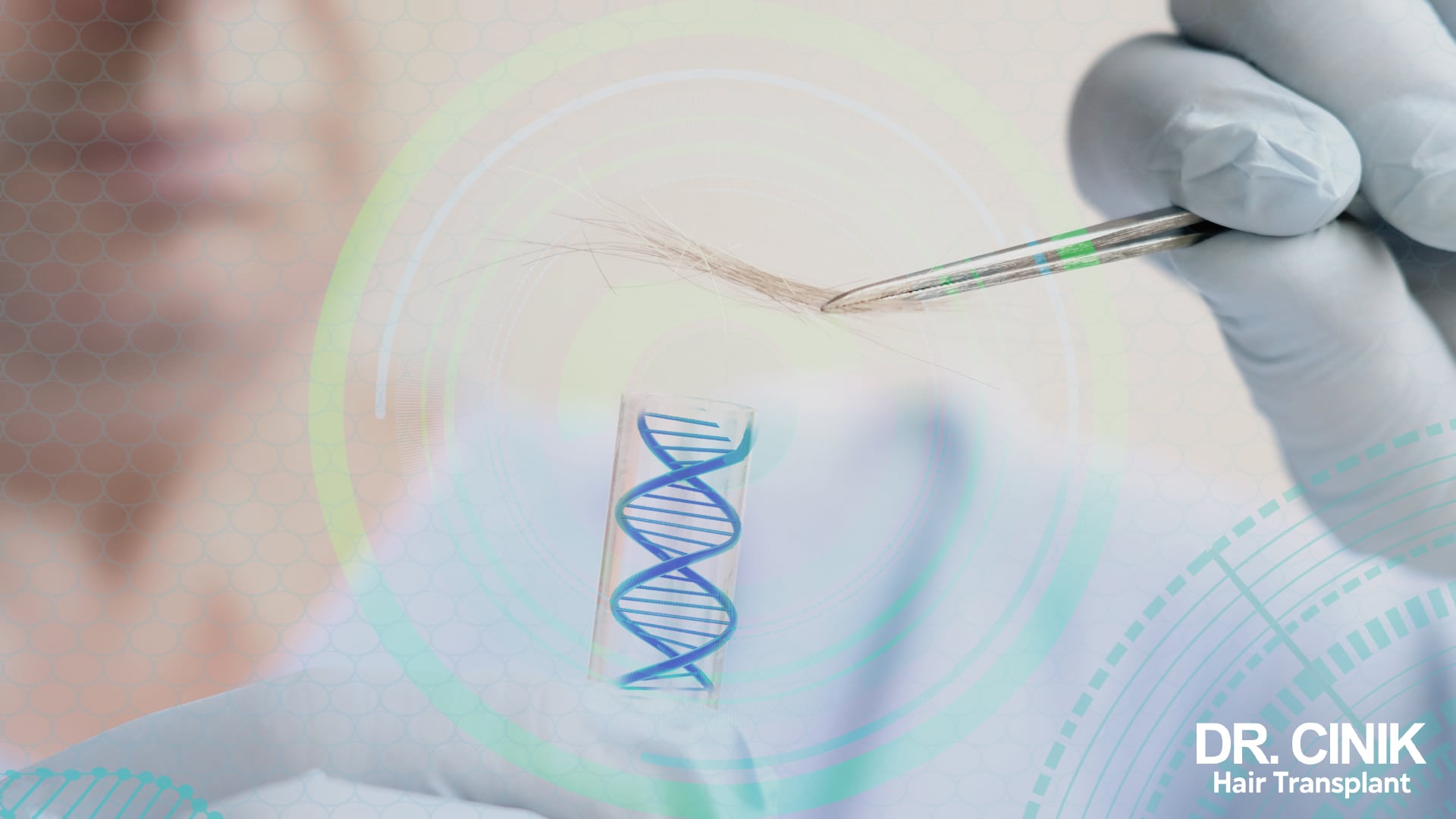
How to prevent and treat trichotillomania?
Behavioural and cognitive therapy
Psychotherapy is a common treatment for pathology. It helps patients uncover the underlying causes of their disorder, allowing them to find ways to alleviate their suffering or anxiety. Additionally, psychotherapy can guide patients towards other forms of treatment, such as cognitive behavioural therapy, which teaches individuals to modify their thoughts and behaviours to overcome their illness and improve their habits.
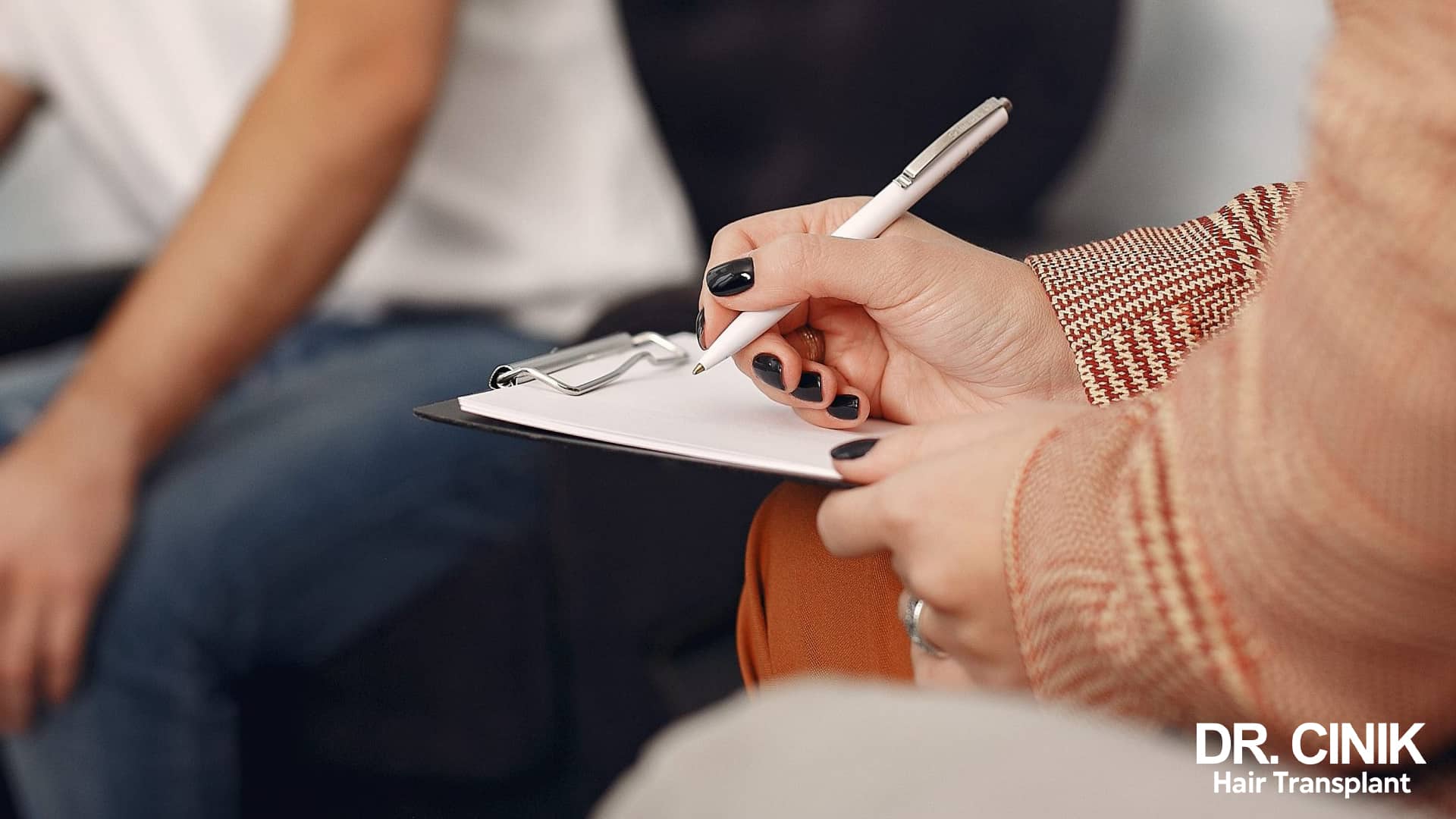
Take medications to treat symptoms of anxiety and underlying depression.
A medical specialist may recommend medication to help manage the symptoms of trichotillomania. Antidepressants may be prescribed to help reduce compulsive behaviour by acting on neurotransmitters. Selective serotonin reuptake inhibitors can also be used to treat obsessive-compulsive disorder. Additionally, olanzapine, a potent antipsychotic, is available for treating trichotillomania.
Relaxation techniques to reduce stress and anxiety
Stress management is essential for some patients for better control of the disease. Different methods exist, such as hypnosis, sophrology and meditation. To better cope with stress and reduce anxiety, the subject can ideally use different techniques to fight hair pulling.

Development of strategies to avoid hair pulling
Since the condition occurs after a stressful situation, it is helpful to practice mindfulness exercises to focus on the present moment and not on the traumatic events. The various strategies help to eliminate negative thoughts to calm the mind.
Living with trichotillomania
Managing social and professional relationships
Those affected by the psychic disorder experience confusion due to hair loss. This often leads to disturbances in social and professional relationships. Therapeutic work is necessary to combat the psychological disorder and accept oneself in society without feeling frustrated or embarrassed.

Finding support for people with trichotillomania
Despite the shame often accompanying patients, the subject should not remain taboo. On the contrary, it is essential to talk about it by starting a dialogue with your GP. If necessary, your doctor will refer you to specialists who can guide you in treating this condition.
 en
en



